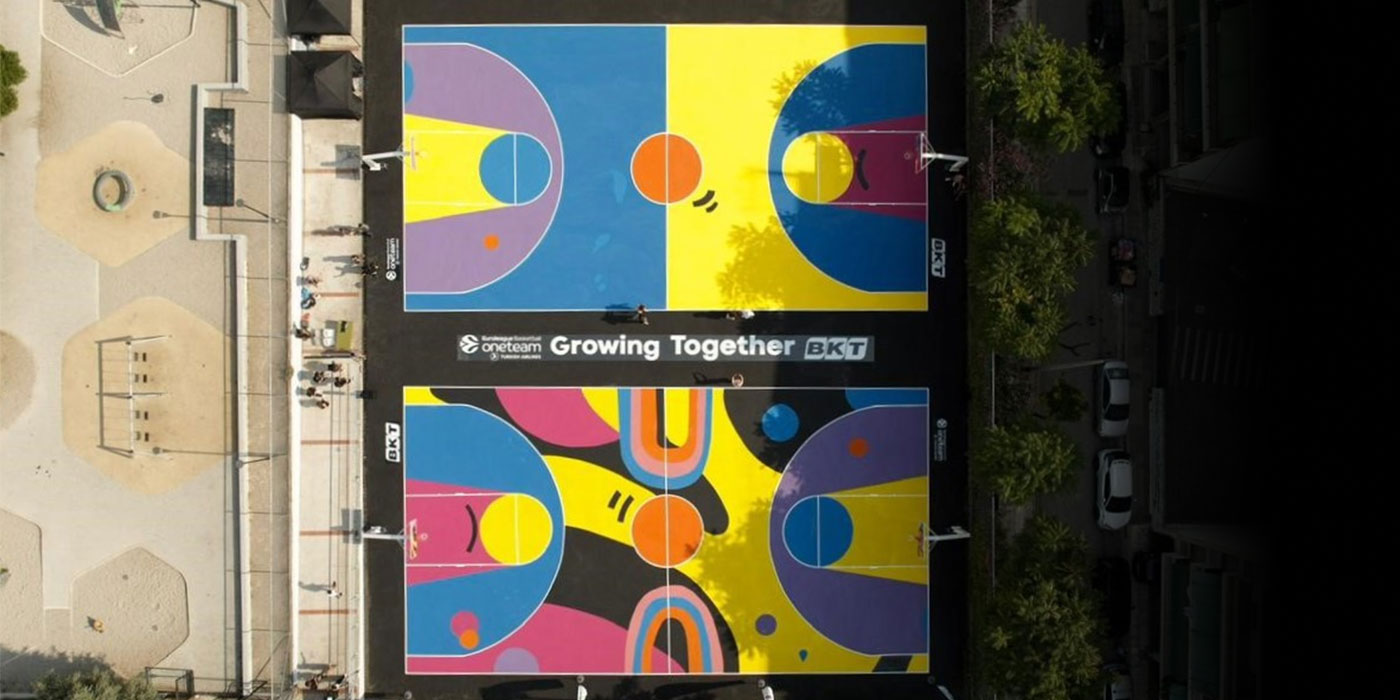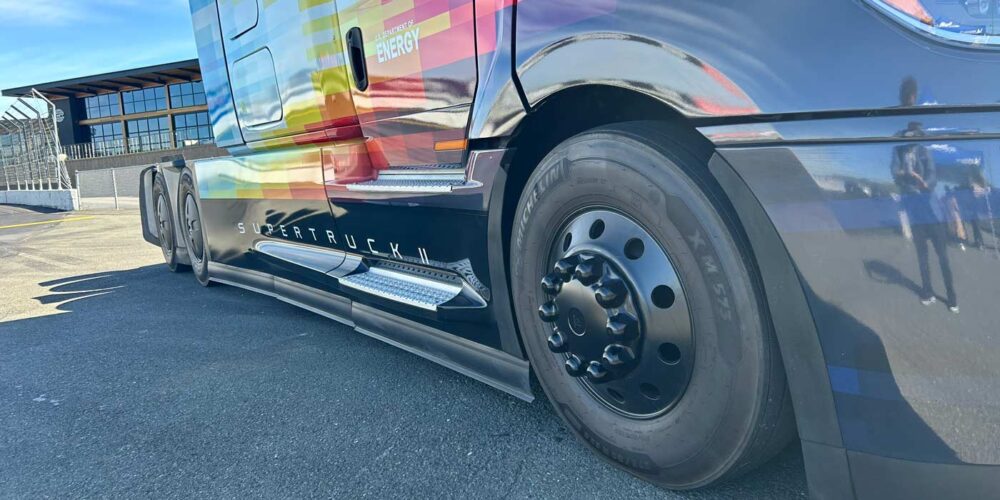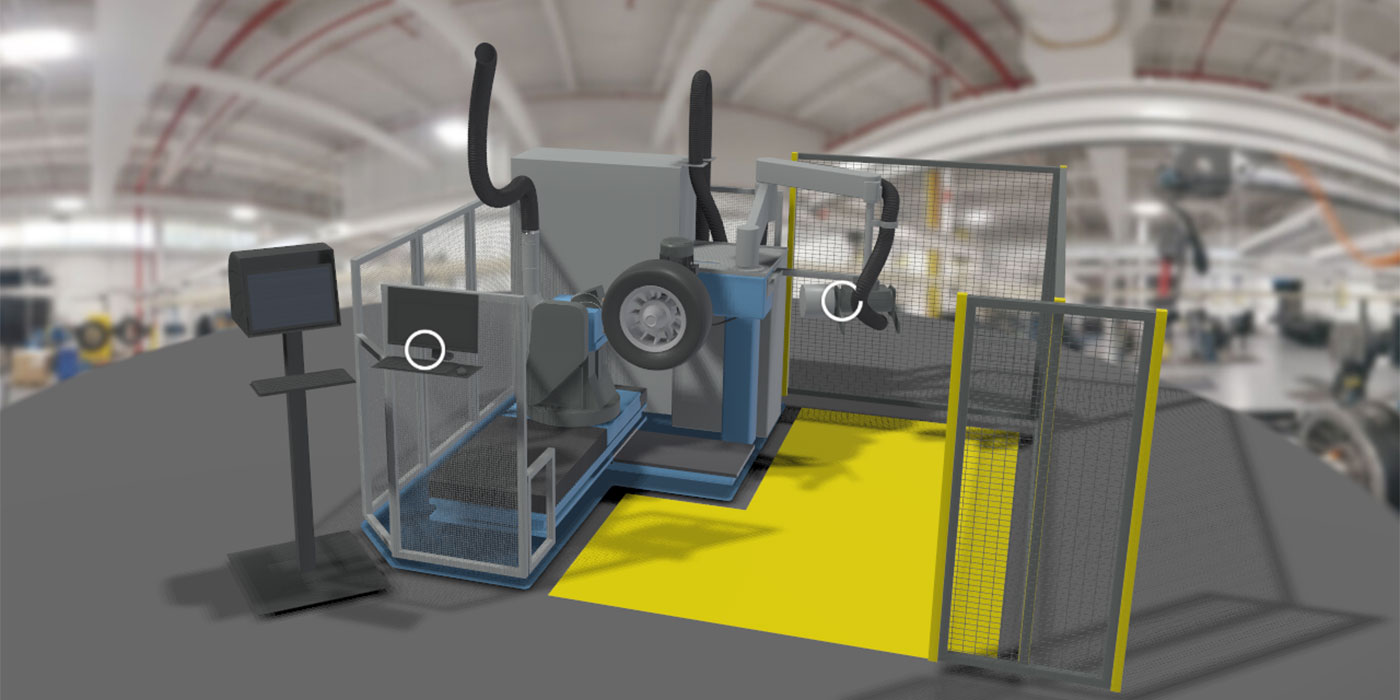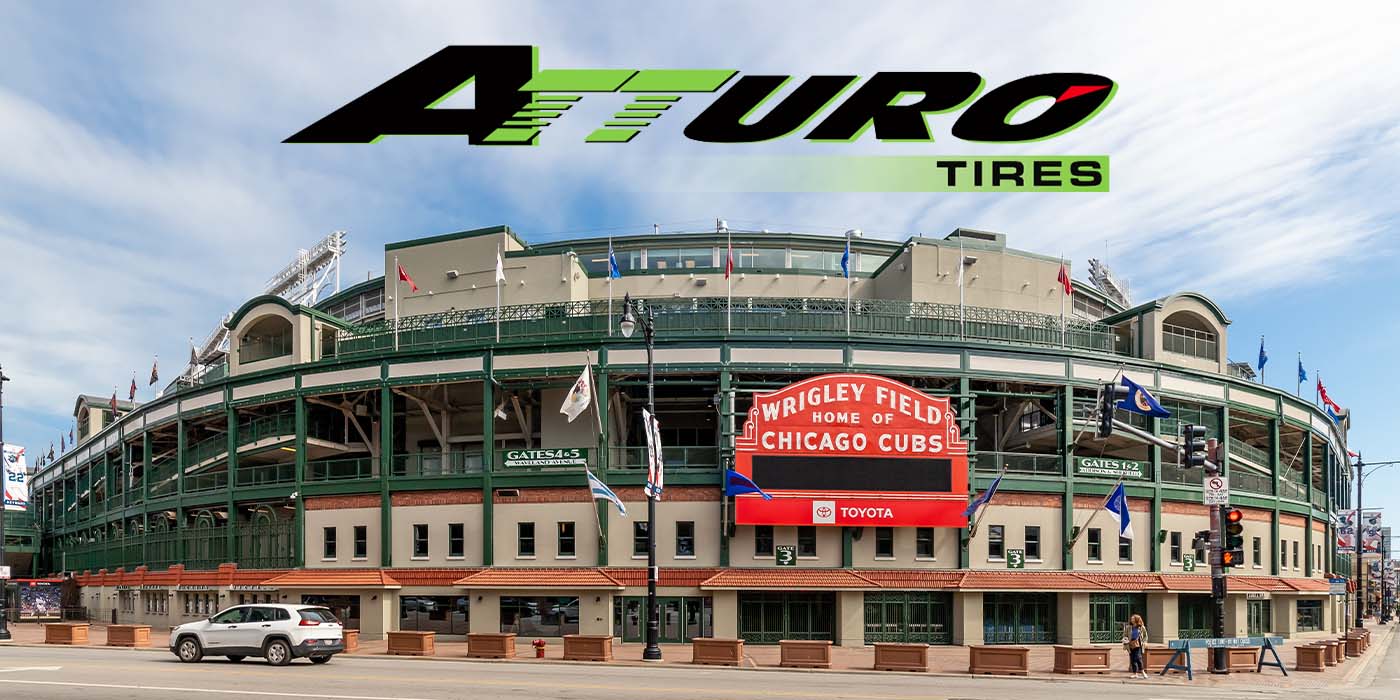In 2005, about 7.67 million passenger car tyres were sold (+4% on 2004), and this figure is expected to increase by another 7% to 8% during the year, according to a report published by the German governmental institute BFAI.
Consequently, this year, about 8.2 to 8.3 million PC tyres will be sold on the replacement market in Poland. “Long gone are the times when everybody drove the same tyre all the time. The development in different market segments has been quite heterogenous,” the report points out. High speed, and therefore, high performance tyres have experienced the strongest growth rates in the recent past. The Polish low budget segment in turn is constantly losing marketshare.
Between January and August 2006, tyre dealers in Poland have sold 6.64 million passenger car tyres which equals growth of 18.1% over the same YTD period last year. And, due to the fact the last winter was particularly strong in Poland, winter tyres have by far outpaced the general positive market trend with a growth rate of 29.2%; about 2.39 million winter tyres were sold during that winter season (2006) in Poland.
But Polish car drivers also bought more summer tyres (4.25 million units; +12.6%) this year. The reason is on average car drivers in Poland now drive longer distances to get to their workplaces. This in turn has increased the market’s demand for replacement tyres. With about 12 to 13 million units, there are also more cars on the roads. Last but not least, the Polish economy is flourishing, thus Poles have higher incomes available which improves the general consumer sentiment.
Meanwhile, the structure of the tyre market in Poland has changed, according to the BFAI institute. For example, premium tyres gained some share to the detriment of low-budget tyres. In 2000, 10% of all tyres sold to Polish consumers were premium products; last year this number increased to 25%. During the same period, the marketshare for low-budget tyres diminished from 84% to 60% (2005).
In the premium market segment, high-speed tyres with speed indexes above H have faired particularly well. This trend also reflects the general trend in the car market in Poland, which is seeing faster and technologically more advanced cars becoming increasingly prevalent.
“Tyre manufacturers that haven’t realised this trend on time now badly suffer from the consequences, like Debica for example,” BFAI comments on the neighbouring market. Goodyear bought into T.C. Debica SA in 1995 and now holds 59.9% of the company’s shares, but is buying less standard tyres from the Polish factory now that the demand has decreased in this market segment. It is only now that Debica is increasingly investing in production capacities to build high performance tyres. According to Debica, they have a share of about 50% of the passenger car and light truck tyre market in Poland.
Currently, there are about 3,100 workers in the Debica factory. With a 15 million unit annual production capacity, the Debica facility is the biggest Goodyear factory in Europe and the third biggest among all Goodyear facilities world-wide.
Last year, T.C. Debica SA generated a turnover of 1.4 billion zloty (£248.2 million), a growth rate of 1.4% over 2004. During the same period, profits plummeted 40.1%. While the tyre manufacturer reported an annual profit of 130.4 million zloty (£23,1 million) in 2004, this fell to only 72 million zloty last year (£12.8 million). During the third quarter of this year Debica laid off some 360 employees because the manufacturer partly withdrew from the production of bicycle tyres and tubes that are now mainly imported from the Far East.
Back to the tyre market in Poland. Truck tyre sales are currently 8% up on 2005. And it is this progressing business which can strongly benefit from the general upward trend in consumer sentiment. The economic development of Poland automatically means more road transportation. Furthermore, Poland is developing towards becoming a regional hub for Eastern European logistics companies, the BFAI institute continues. Polish fleets are getting bigger and bigger and the trucks have to cover an ever increasing distance. This again results in more truck tyre sales.
The growth rates on the truck tyre market in Poland can be increased even further, according to the German institute that carried out the research. Currently, demand for heavy trucks above a permissible maximum weight of 16 tonnes is increasing heavily. Between January and September, for example, about 8,500 of these trucks have been sold in Poland, reflecting an increase of about 67% over the same year-to-date period last year, and it is already more trucks than were sold during the whole of last year. This is expected to convert into strong demand on the truck tyre replacement market over the next year.
A company that has already taken precautionary measures in this respect is Bridgestone. The Japanese tyre manufacturer has now announced that it will build a new production plant for truck and bus tyres in the city of Stargard SzczecÍnski close to Szczecin on the German border. As announced during the summer, Bridgestone is going to invest about £135 million from next year on. At one point there were even reports that the Japanese manufacturer was going to invest £203 million into this facility.
In 2009, Bridgestone will produce up to 5,000 radial truck and bus tyres every day. The new factory is said to ensure the “tyre self-sufficiency of the region” under a “strategic product supply system,” Takashi Urano, chairman, CEO and president of Bridgestone Europe, was quoted as saying. In the future, there would be less dependence on imports, he said. And that’s why the Japanese tyre manufacturer installed a second truck tyre factory in Europe and its third factory in Eastern Europe (the first truck tyre factory is based in Bilbao, Spain). Bridgestone has been producing passenger car tyres in Poznan, Poland since 2000 and is currently building another passenger car tyre factory in Hungary, which will produce its first tyres in 2008.
Bridgestone’s Poznan factory was built as a greenfield facility and became operational in 1999. By the end of 2005, Bridgestone Poland had invested about £182.7 million into the passenger car tyre plant. During this year, another £16.2 million was invested and by 2010 yet another £30.4 million of investments are scheduled at Poznan in order to further increase capacity. Daily output of the Poznan factory will then be about 22,800 passenger car tyres – an annual output of 7.68 million units. In March 2006 daily output was about 20,000 units.
Goodyear is the market leader on the passenger car and commercial tyre market in Poland with a marketshare of 49 per cent (Debica; see above). Second in line is Michelin with a share of 33% (Michelin Polska Sp z.o.o.; previously Stomil Olsztyn SA). The third biggest supplier of passenger car and truck tyres in Poland is Continental (Continental Opony Polska) with a marketshare of about 13%. One third of all the tyres that Continental sells in Poland are supplied to OE customers. All tyres are imported because the German company doesn’t have its own production base in Poland. In the OE business, Goodyear/Debica again is clearly leading the market with a share of almost 60%, writes the BFAI institute.
“Both Goodyear and Michelin are emphasising the quality of their services and the expansion of their respective distribution networks. Goodyear, for example, has almost 100 authorised service stations and another 250 points-of-sale. Michelin in turn cooperates with 90 strategic partners and has about 300 points-of-sale” the BFAI institute report commented, referring to the retail side of the business. Furthermore, in Poland, tyres are often sold through hypermarket chains or fast-fit car workshops like Carman, Feu Vert or Midas.
Although Poles seem to recognise the importance of tyres in car safety and performance, the low-budget segment is still the dominant part of the replacement market. In 2004, for example, 73% (2005: 60%) of all tyres sold were low-budget tyres. The remaining 27% were equally divided between the premium and the standard market segment. As outlined above, the market is currently experiencing change in this respect.















